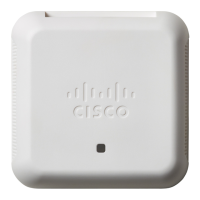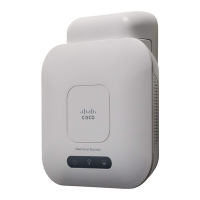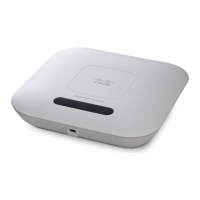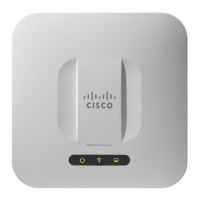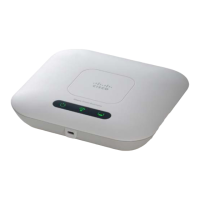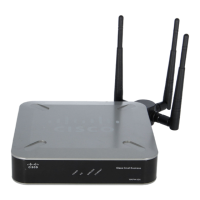Administration
Packet Capture
Cisco WAP131 and WAP351 Administration Guide 56
3
Packet Capture
The wireless packet capture feature enables capturing and storing the packets
received and transmitted by the WAP device. The captured packets can then be
analyzed by a network protocol analyzer for troubleshooting or performance
optimization.
There are two methods of packet capture:
• Local capture method— Captured packets are stored in a file on the WAP
device. The WAP device can transfer the file to a TFTP server. The file is
formatted in pcap format and can be examined using tools such as
Wireshark and OmniPeek.
• Remote capture method—Captured packets are redirected in real time to
an external computer running the Wireshark tool.
The WAP device can capture these types of packets:
• 802.11 packets received and transmitted on the radio interfaces. Packets
captured on the radio interfaces include the 802.11 header.
• 802.3 packets received and transmitted on the Ethernet interface.
• 802.3 packets received and transmitted on the internal logical interfaces,
such as VAPs and WDS interfaces.
Use the Packet Capture page to configure the packet capture parameters, start a
local or remote packet capture, view the current packet capture status, and
download a packet capture file.
Packet Capture Configuration
To configure packet capture settings:
STEP 1 Select Administration > Packet Capture.
STEP 2 In the Packet Capture Configuration area, configure these parameters:
• Capture Beacons—Enables or disables the capturing of 802.11 beacons
detected or transmitted by the radio.
• Promiscuous Capture—Enables or disables the promiscuous mode when
the capture is active.

